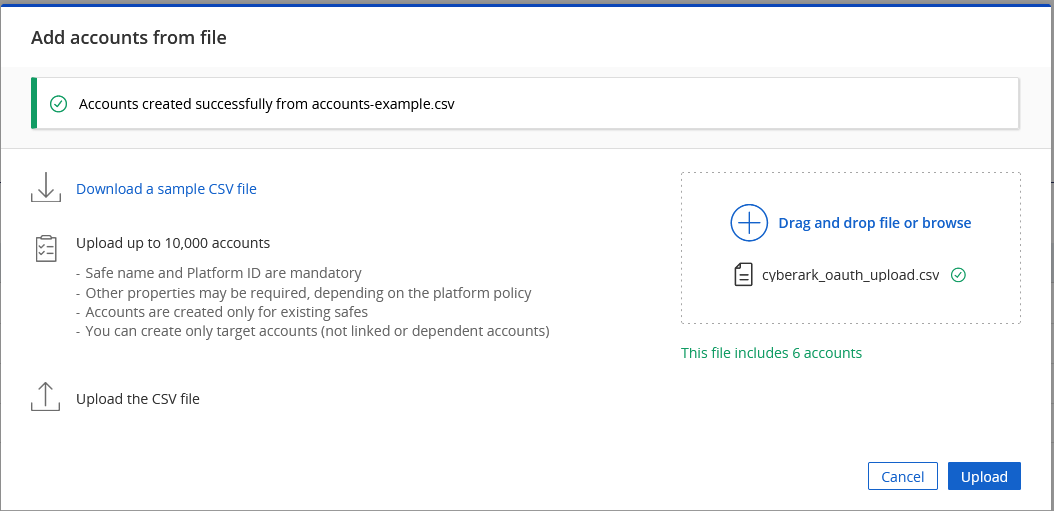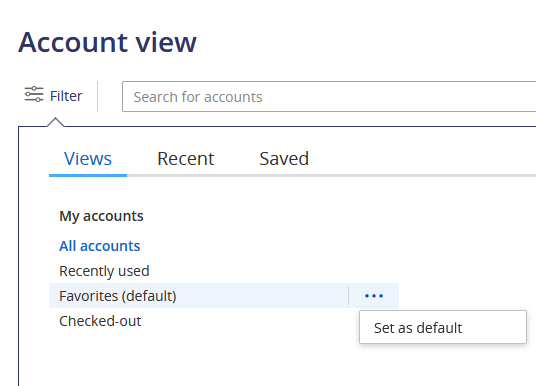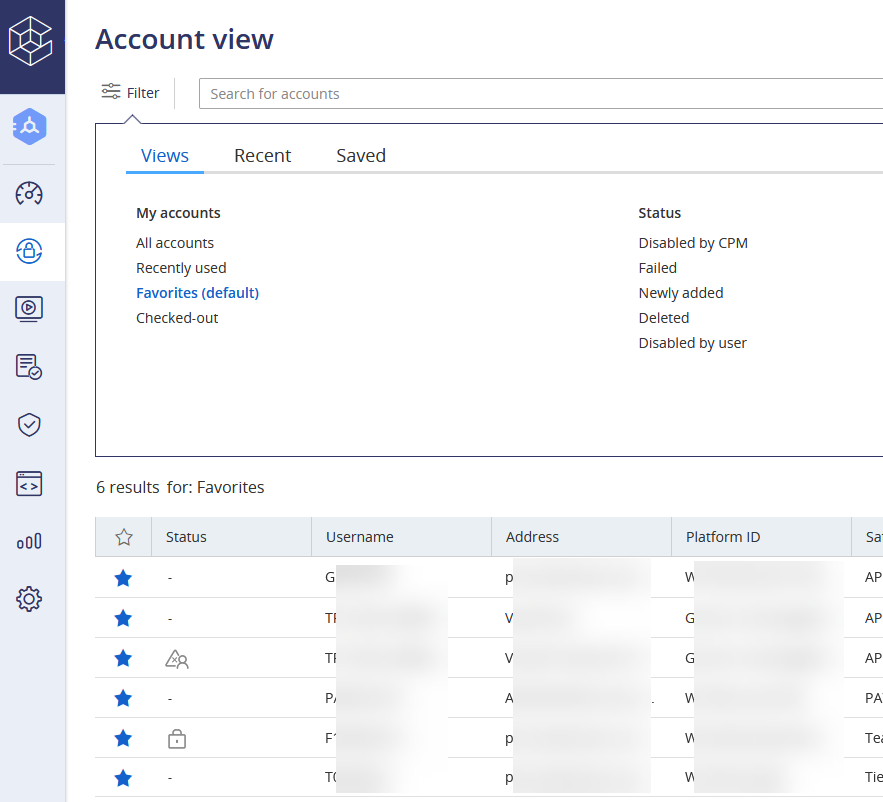Growing Apples
Did you know … you can import accounts into Cyberark?
Adding one account to CyberArk takes about a dozen clicks. Adding fourteen was going to take me half the day!
Luckily, I discovered that the “Add account” button is actually a drop-down menu that also offers the ability to Add accounts from file

Create a CSV file with the following columns:
| userName | address | safeName | platformID | secret | automaticManagementEnabled | manualManagementReason | groupName | logonDomain |
| user1 | server1 | OURSAFE | Generic Unmanaged | abc123 | FALSE | Platform does not support automatic password management | ||
| user2 | server2 | OURSAFE | Generic Unmanaged | bcd234 | FALSE | Platform does not support automatic password management | ||
| user3 | server3 | OURSAFE | Generic Unmanaged | cde345 | FALSE | Platform does not support automatic password management | ||
| user4 | server4 | OURSAFE | Generic Unmanaged | def456 | FALSE | Platform does not support automatic password management | ||
| user5 | server5 | OURSAFE | Generic Unmanaged | efg567 | FALSE | Platform does not support automatic password management |
Then browse to select the CSV file. It will show you how many accounts are included in the file – 6 here

Click “Upload”. The accounts will be created, and you will see a banner at the top of the site

Did you know … you can view just your favorite accounts in CyberArk?
Is your CyberArk account view an overwhelming list of accounts? You are constantly using “Search for accounts” to find one of the three accounts you regularly use because they are buried somewhere in this list?

There’s a better way! The star at the left-hand side of each line allows you to mark an account as a “Favorite”. There’s a link under “Views” to just display your favorite accounts. Even better, though, if you click on the ellipsis button to the right of the “Favorites” link, you can select “Set as default”.

Now, when you log into CyberArk, you immediately see your curated list of accounts instead of all of them!








